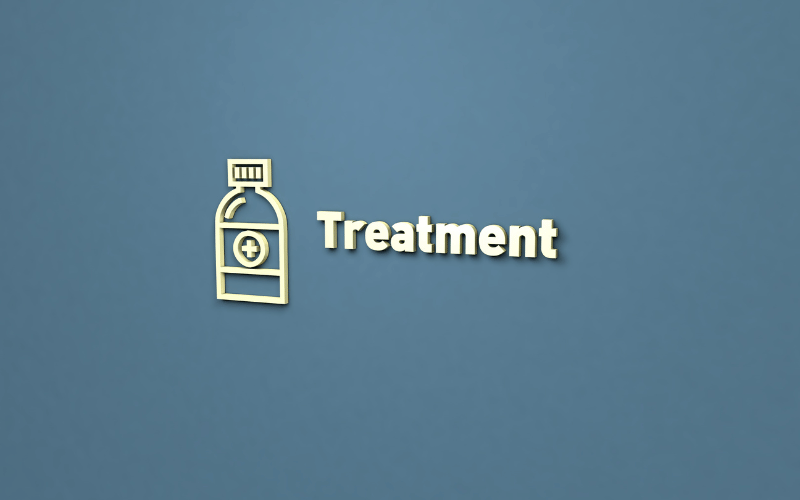Fact 10: Treatment Options

Treatment for Borderline Personality Disorder (BPD) isn’t a one-size-fits-all journey. What works wonders for one person might not be as effective for another. However, several therapeutic interventions have shown significant efficacy in managing and alleviating BPD symptoms over time.
Psychotherapy, or talk therapy, is often the cornerstone of BPD treatment. Among the modalities, Dialectical Behavior Therapy (DBT) stands out. Developed specifically for BPD, DBT focuses on teaching skills to manage emotions, tolerate distress, and improve relationships. Cognitive Behavioral Therapy (CBT) can also be beneficial, helping individuals reframe negative thought patterns.
While no drug is FDA-approved specifically for BPD, certain medications can help manage specific symptoms. Antidepressants, mood stabilizers, and antipsychotics can be prescribed to address mood swings, depression, or impulsivity. It’s essential to approach medication as a complementary tool, often best used in conjunction with therapy.
For some, holistic therapies such as mindfulness, meditation, and even yoga can be beneficial. These practices focus on grounding the individual, helping them connect with the present and fostering self-awareness, which can be particularly useful in managing the emotional upheavals of BPD.
Group therapy can be a lifeline for many with BPD. Sharing experiences with others who “get it” can break the isolation often felt by those with the disorder. Family therapy, too, can play a pivotal role, helping loved ones understand the disorder and equipping them with tools to support the individual. (10)